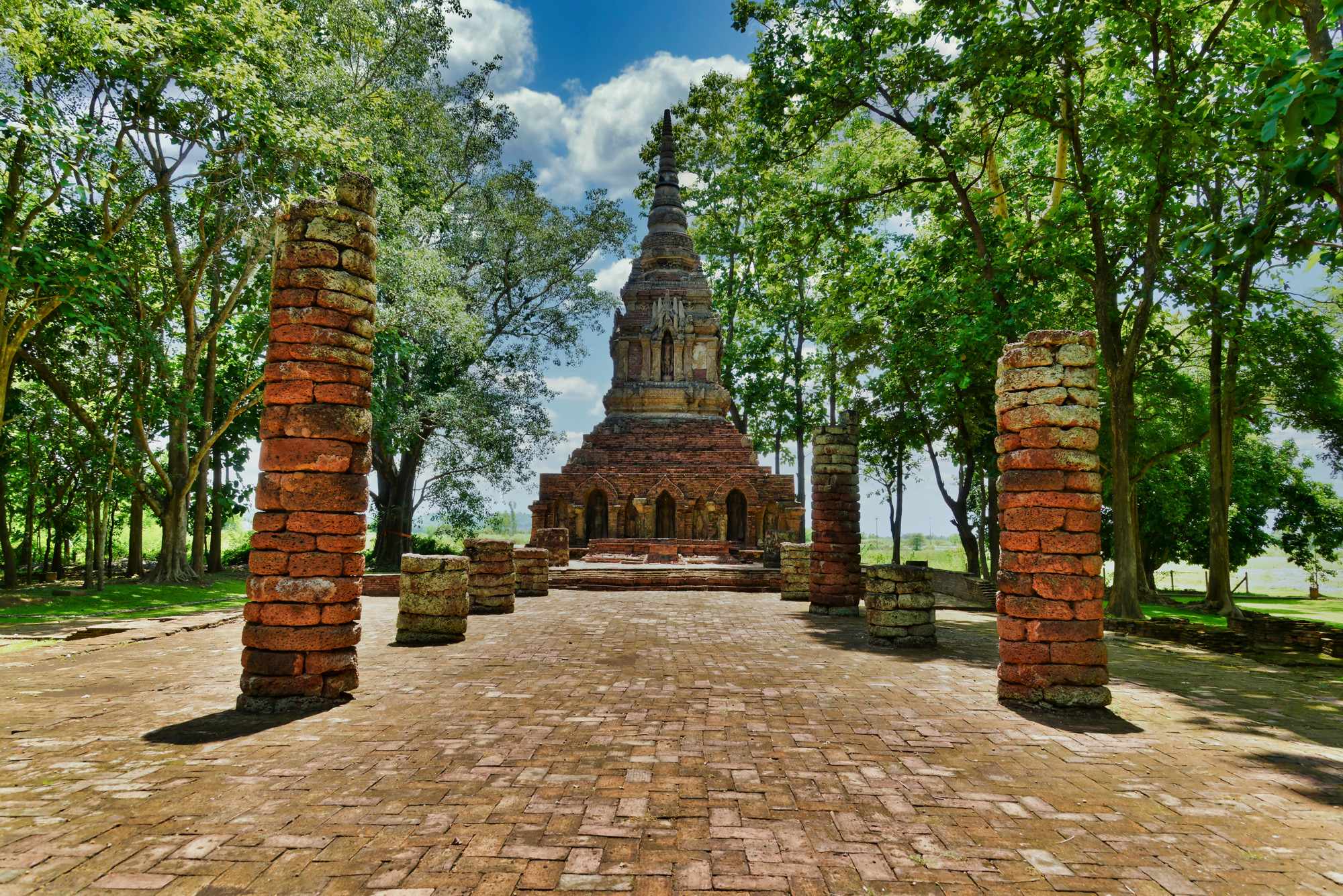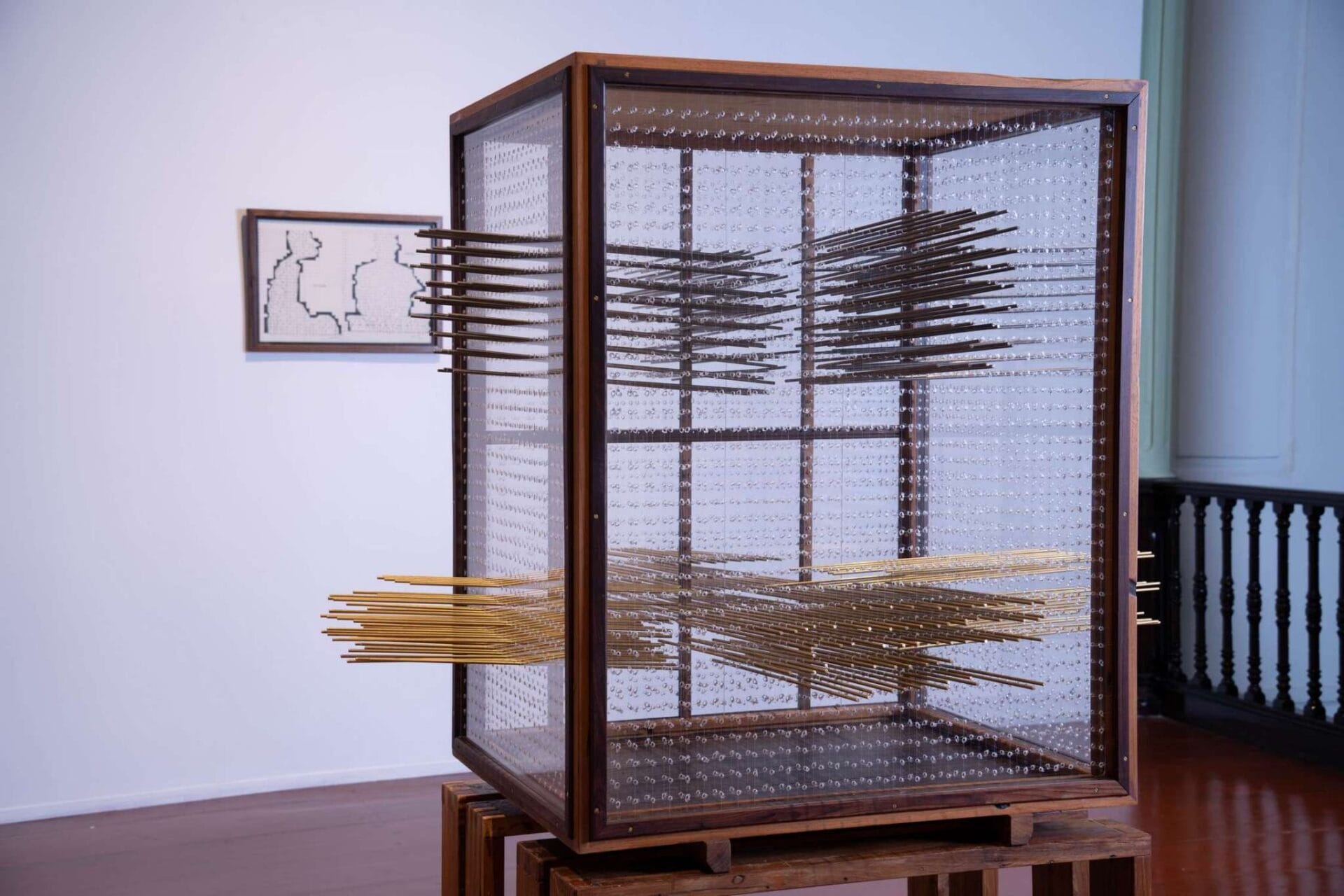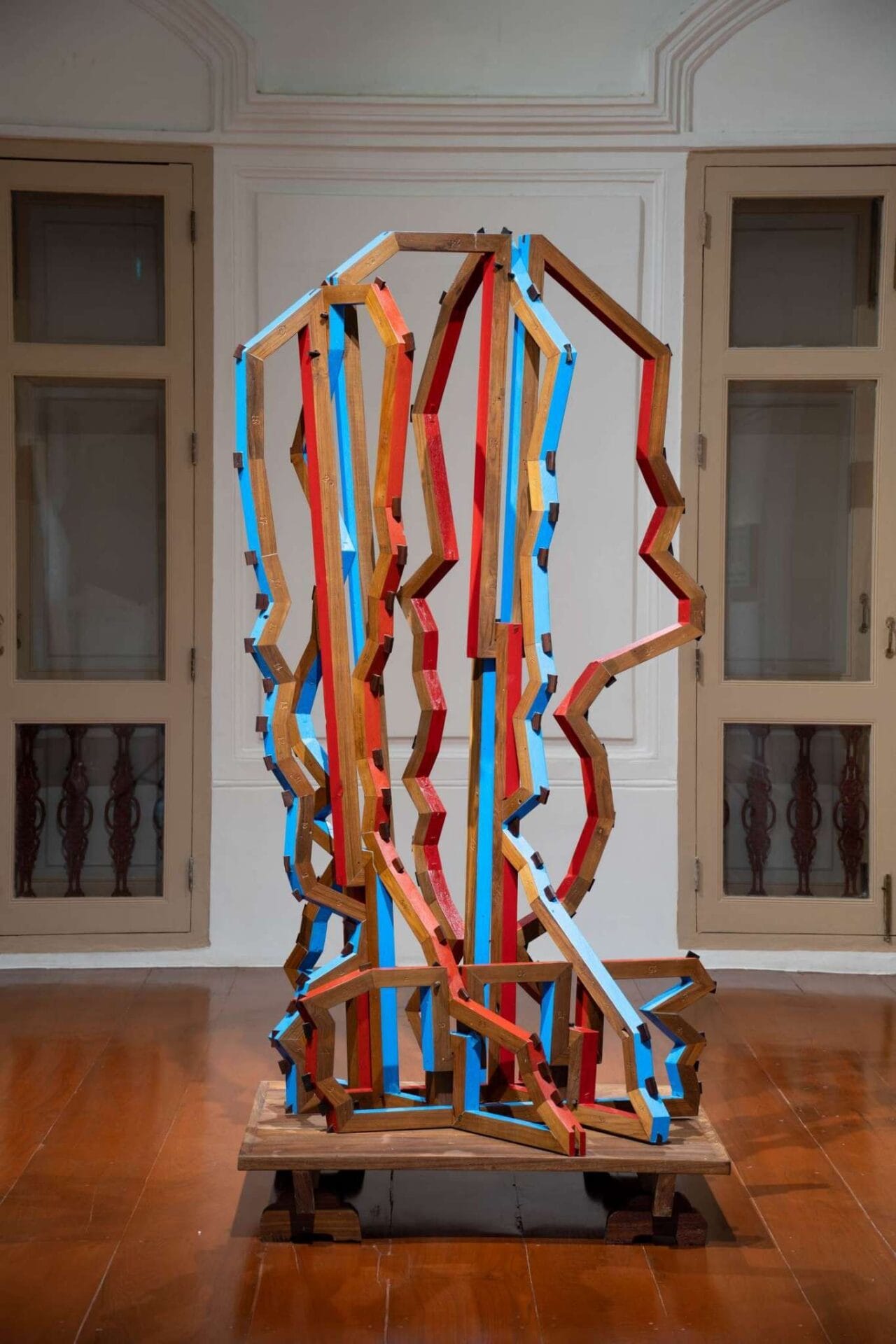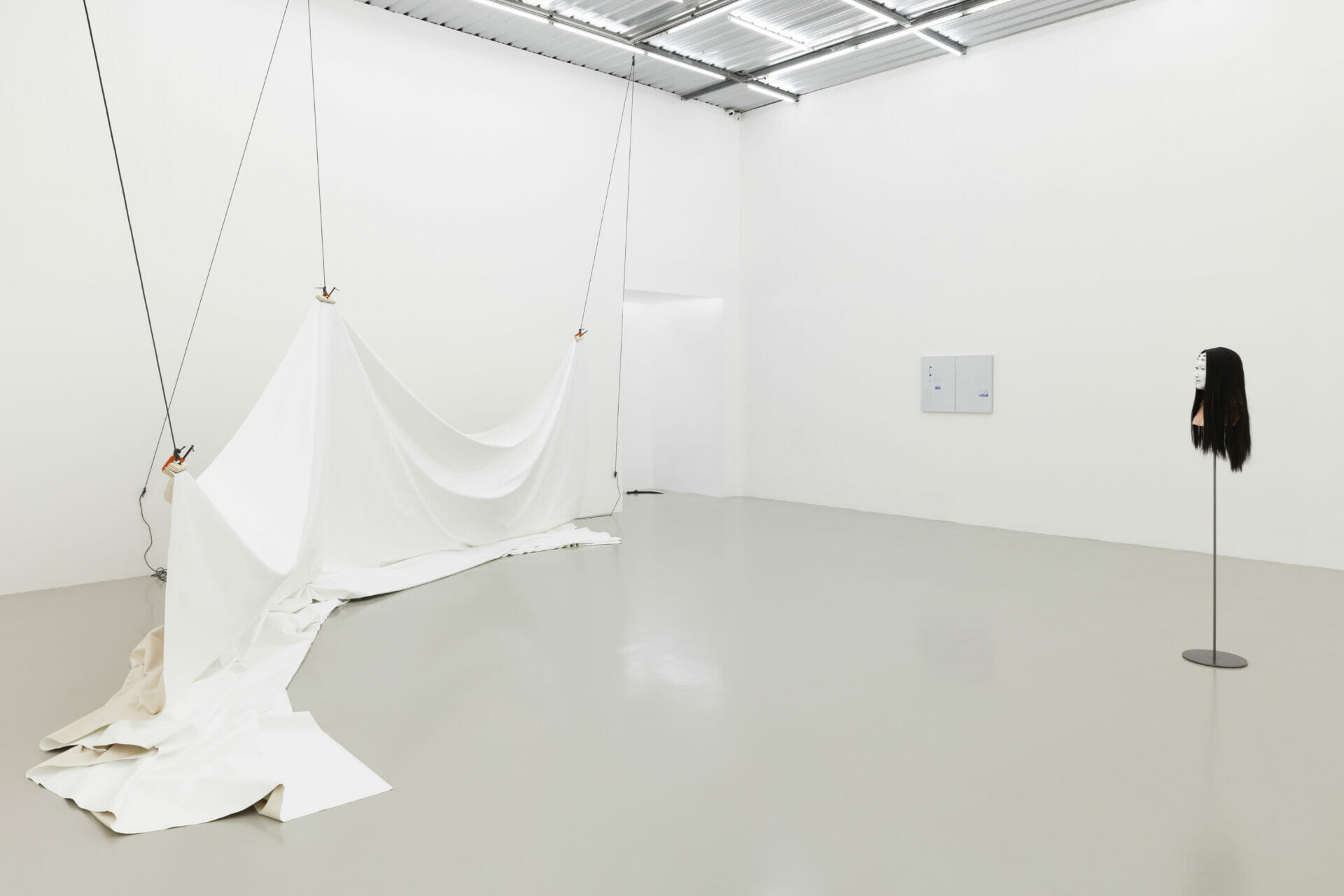Wat Pa Sak
Wat Pa Sak is a ruined temple located outside of Chiang Saen city to the west. It is adjacent to the city moat, city wall, Chiang Saen Gate or Pa Sak Gate, and Chiang Saen Fort. The group of ancient temples at Wat Pa Sak covers an area of approximately 16 rai and consists of 22 different ancient sites. Wat Pa Sak is mentioned in the “Phongsawadan Mueang Ngern Yang Chiang Saen” (a chronicle) as a temple built to enshrine a piece of the Buddha's right ankle bone. It was built during the reign of King Saen Phu (the grandson of King Mangrai), the third ruler of the Chiang Saen Kingdom of the Mangrai Dynasty, in 1875 BE (1332 CE), as inscribed in the Buddhist literature in Pali, Jinakalamali. The king ordered more than 300 teak trees to be planted throughout the temple area, hence the name "Wat Pa Sak".
____
Wat Pa Sak is one of the most outstanding temples in Northern Thailand, both in terms of stucco pagodas, which are influenced by many art forms, and it is also known as the archaeological site with the most beautiful "stucco" in the early Lanna period. Inside the temple compound, there is a stone-walled Buddha image hall and a five-spired Lanna-style pagoda that combines Hariphunchai, Sukhothai, Pagan, and Chinese art styles. Both structures are still in relatively good condition and are incredibly beautiful. Of particular note is the Buddha image in the Open World attitude enshrined in the niche of the pagoda at Wat Pa Sak. The image has become the inspiration and starting point for the curatorial team to use it as the main theme of this edition of the Thailand Biennale.
____
The beauty of Wat Pa Sak was praised by Thawan Duchanee, a renowned artist from Chiang Rai, who said that Wat Pa Sak is a classic Lanna masterpiece. If an earthquake occurs in this land and everything but Wat Pa Sak collapses, the Lanna arts and culture will survive.
____
Artist: Chitti Kasemkitvatana, Tawatchai Puntusawasdi
____
Photo credit: Chanin Phasuriwong
____
Sources:
https://www.silpa-mag.com/art/article_111266




